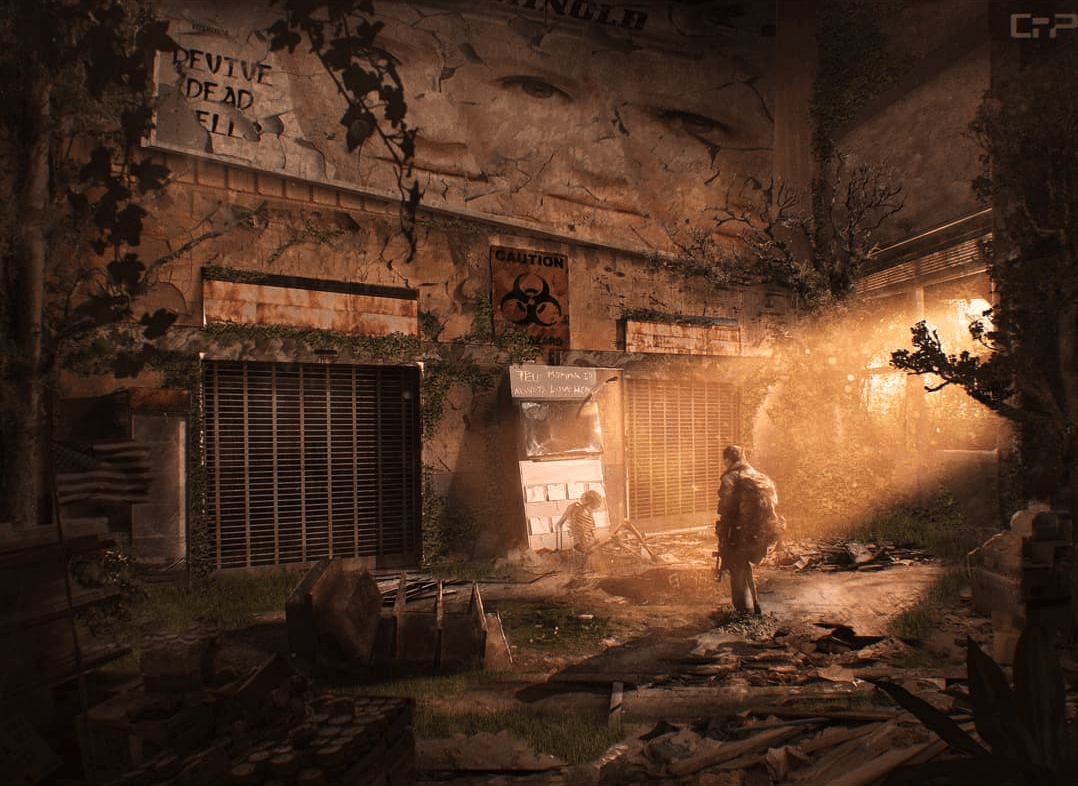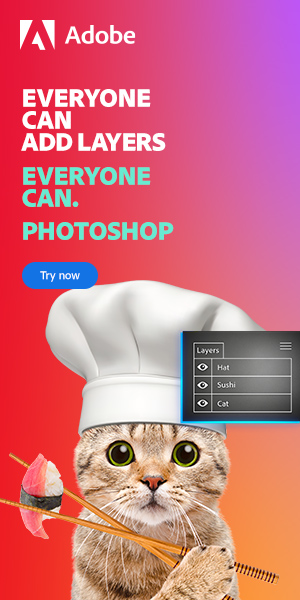The Dystopian Art of Camilo Polanco

Full Name: Camilo Polanco
Job Title: Graphic Designer / Digital Artist
Age: 22
From: Colombia
Instagram: @Cppartz
THE INTERVIEW:
Firstly, thank you for agreeing to an interview. It’s great that you were so willing to share more about yourself and what you do. To start, could you introduce yourself, and explain how and when you got into the Photoshop game?
Hello, my name is Camilo Polanco, and first of all, I would like to thank the team of LP Club for this opportunity.
I am a 22-year-old digital artist based in Colombia and a graphic design student at Pontificia Universidad Javeriana de Cali.
I’m very passionate about artist creativity and Photoshop is my current job. I enjoy creating Photoshop art for games and other clients.
My story with Photoshop started when I was a child – I had a folder consisting of a lot of video game art that I saved. The quality and realism of the images always surprised me and I wondered how I might be able to create such a piece myself.
Years later, I discovered a book about game design that had a chapter that talked about game art and how it’s done. It caught my attention and my journey of investigation. This was when I discovered Photoshop and realized I was able to create artwork like the ones I saved in my folder when I was a child.
I have been using Photoshop for one year, primarily focusing on the dystopian genre art as it is my favorite to work on.
Which artists do you use as references and why?
In the beginning of my Photoshop career, I was inspired by artists that worked with dystopian art and fantasy art like Evgenij Kungur, Pavel Bondarenko, John Sweeney, Ali Khalid, and also the most recognized one: Beksinski.
Nowadays, my inspiration comes from video games (The Last of Us, Metro) and movies like I am Legend and other post-apocalyptic ones. All of what forms the worlds, such as the atmosphere and abandoned environments, help to inspire me.
How would you define your artistic style? Where do you draw inspiration from for your edits?
I define my art as dystopian.
I always like to think how the real world would look like if there were no humans anymore, how nature would take back what belongs to it, how the environment would look like destroyed, etc. This is how I think on a daily basis. I take in real-life locations and imagine the dystopian equivalent of that setting.
From an idea, comes a concept, and then a story. I take my camera and shoot the place or subject. Once I have a concept, I search for references on the Internet related to my idea and to help expand my possibilities for my artwork.
I also listen to post-apocalyptic ambient music to immerse myself in the mood whilst doing an artwork.
How did you learn Photoshop? What helped you during your learning period?
I learned Photoshop by watching tutorials of the basics, how to work with the program, and how to use each of the tools. I watched many speed arts, downloading the videos to watch them again and again to understand how the artist made blending, lights, shadows, and colour balance work for them.
Sometimes it was even necessary to slow down the videos so I could understand the techniques the artists were using. After that, I practiced the things I learned from each video. I spent many hours studying and practicing the speed arts. That was my daily routine when I was learning Photoshop.
In the beginning, it was frustrating, but that’s normal since it was something new. I had no technique. When watching and analyzing what others have done and how they did it, you have to pay attention to every detail. In time, you will have enough knowledge to mix it all and create your own style.
I always think that everything we imagine can be achieved – we just need patience and perseverance.
Describe a typical day in your life. What do you normally do?
As a graphic design student, I wake up at 5 a.m. to attend university. Once there, if I have time, such as when I don’t have any class or in between classes, I work on the Photoshop projects that I have. I’ll make sketches for current projects and also imagine any future ideas.
After my university hours, I come home and do all the university assignments that I have pending which is usually three hours’ worth of work.
Once done, I put on some music, open Photoshop in my studio, and the magic begins: I divide the time in such a way that I give enough to focus on projects with clients and my own personal projects. I try to be very organized with how I prioritize both Photoshop and university projects.
When you work on the development of a game, the due dates are strict which causes me to have to spend the night working, but with good music and good disposition, everything is better.
If you had only one piece of advice to give someone who wants to get started on Photoshop, what would it be?
The best advice I can give to someone is the quote that my mom always told me: “To insist, to persist, and never give up.” This is what I always have in mind.
Photoshop art is not that easy. It requires time and patience to allow for mistakes. Your best friend in Photoshop is Ctrl + Z. Don’t expect everything to go right the first time; art is about improvement.
You must practice everyday to gain the better skills you desire. With time, you will find the kind of art you feel most comfortable with and develop your own technique. The rest is all about the determination to create. Don’t rush things. Take your time to learn every tool and technique of the program.
What are some websites you enjoy or find helpful for your creative endeavours?
The platform I use most to share my art is Instagram, but I find inspiration on DeviantArt and Artstation, and even Pinterest is a good website to get inspired from.
Thanks again for your time, it was a pleasure. Do you have a final message to inspire and motivate the Learn-Photoshop community? Impress us!
Thanks to you for the opportunity.
I would like to give a final message: work hard and enjoy what you do, find your technique, and find your theme. This is how you will create amazing artwork. Ask for and listen to critiques as that’s the best way to improve your art. Never forget to practice! Becoming a Photoshop expert requires time.
Always remember: “To insist, to persist, and never give up!”
Hey, I'm a Professional Retoucher making $10k a month thanks to Photoshop.Register to my newsletter to get freelancing tips and a FREE Brush Pack in Bonus! My Newsletter


